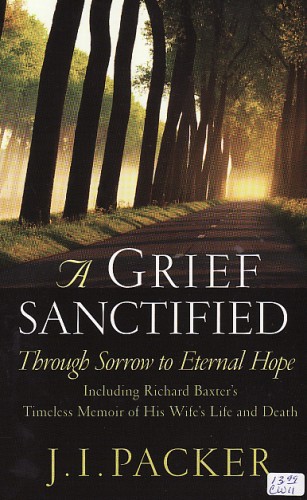Death, grief and eternal hope
 One of the things we discuss here with some frequency is the awkward way stories get written so as to diminish or hide religious details. This is just as true with breaking news as it is with human interest stories. It's frustrating and religious adherents can usually tell that there's something missing -- ghosts lurking in the shadows. So when a story does a good job of seamlessly incorporating those details, I think it deserves to be highlighted. The piece by Erica Goode in the New York Times is headlined "Persistence of a Father Brings News in a Killing." It's one of those stories that becomes much more difficult to read once you're a parent. Here's the introduction:
One of the things we discuss here with some frequency is the awkward way stories get written so as to diminish or hide religious details. This is just as true with breaking news as it is with human interest stories. It's frustrating and religious adherents can usually tell that there's something missing -- ghosts lurking in the shadows. So when a story does a good job of seamlessly incorporating those details, I think it deserves to be highlighted. The piece by Erica Goode in the New York Times is headlined "Persistence of a Father Brings News in a Killing." It's one of those stories that becomes much more difficult to read once you're a parent. Here's the introduction:
LOWELL, Mass. -- Even though he has answers now after so many years when there were none -- his grief scabbing over but never healing, his stubbornness and persistence all that kept him going -- William McCabe is still adding to the book about his son. ...
He wrote the first words 41 years ago, days after the body was found in a rain-soaked vacant lot on Maple Street here, his 15-year-old son, Johnny, strangled, tape over his eyes and mouth, a thick white rope around his neck, his wrists and ankles bound.
"It must take a special form of madman to senselessly murder a child, the effect of which could drive a family insane," Mr. McCabe wrote.
Not a bad way to get the reader right into the story, eh? And immediately after those paragraphs, a picture of the family begins to emerge. Johnny used to scream when he heard church bells, because he thought they were for an ice cream truck. Every night before he went to bed, he would shake his parents hands and say "God loves you." A friend had seen Johnny at the Knights of Columbus dance before he was killed.
This is how it's done. These are the kinds of details one expects to read about a typical family, even if the particulars may vary significantly. This reporter had an eye for these things and didn't shy away from including them in her heartbreaking story.
We learn about the investigation, how three men have been arrested in connection with the 1969 murder. There are many details about what Tewksbury was like back then and how it changed. The family's personal grief is thoroughly explored:
In the weeks after the murder, Mr. and Mrs. McCabe and their two daughters all slept in the same bed. “We were all petrified,” Mr. McCabe recalled. The couple kept their daughters close, interrogating them whenever they did manage to leave the house: “Where are you going?” “Who with?” “When are you coming back?”
Each morning, Mrs. McCabe would go to Mass and then visit Johnny’s grave, in winter brushing snow from the headstone. Roberta, 6 years old when her brother was killed, would sometimes fake illness to get out of school and go along. ...
Mr. McCabe could never really settle down, shifting jobs two or three times, up and down at night, writing notes that he put in the family Bible. Sometimes he and his wife would start to blame each other: Mrs. McCabe had not wanted Johnny to go to the dance that night; Mr. McCabe, just returned from a business trip, had overruled her. But in the end, the years of grief strengthened their bond, their daughters said.
There's one final paragraph I want to highlight, just before the end of the piece:
A week or so before Easter -- perhaps fittingly for a family who had never lost their strong faith -- Detective Coughlin called the McCabes and told them there had been developments in the case.
That's the kind of phrase you wouldn't be able to include if you hadn't been paying a lot of attention to detail. It only works because, well, it works. This is a family for whom Easter would have a special significance and getting that makes the story -- and the pain -- more visceral.
In any case, we're always yammering about the failure to do something as "simple" as include these details, so I wanted to make sure we highlight it when it happens, too.